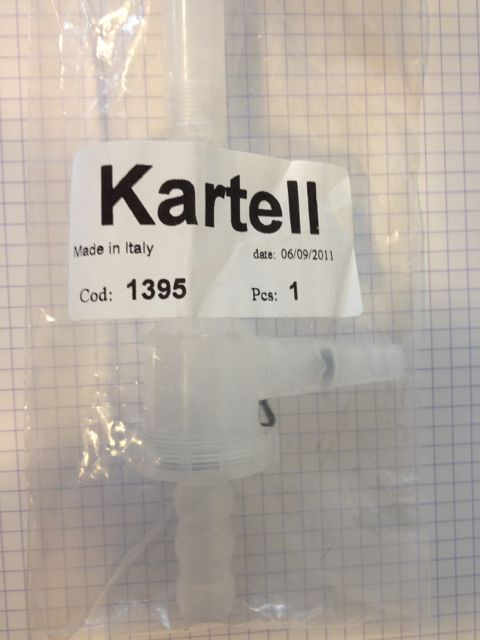| Get yourself a water aspirator. They'll do better than this for the same thing for a lot less money. For a high vaccum source, you're probably after a
2 stage pump of 2-5cfm capacity, and ultimate vacuum in the 10-25micron range. For simple lab vacuum, say for distillation under reduced pressure, or
vacuum filtration, an aspirator is usually sufficient, with the added bonus that you don't have to worry about corroding the crap out of it. The specs
you're providing suggests that pump pulls down to about 220mbar ultimate pressure. I dont think this is enough for the cash you'd be paying. An
aspirator will easily get down to 50mbar, and really good ones can go lower. It also depends on the temperature (or rather, vapour pressure, which is
a function of temperature) of the watter passing through it, so use as cold a source as possible. A friend of mine had a 50L bin filled with water and
hooked up to a pump to recirculate and avoid excessive water bills. |








